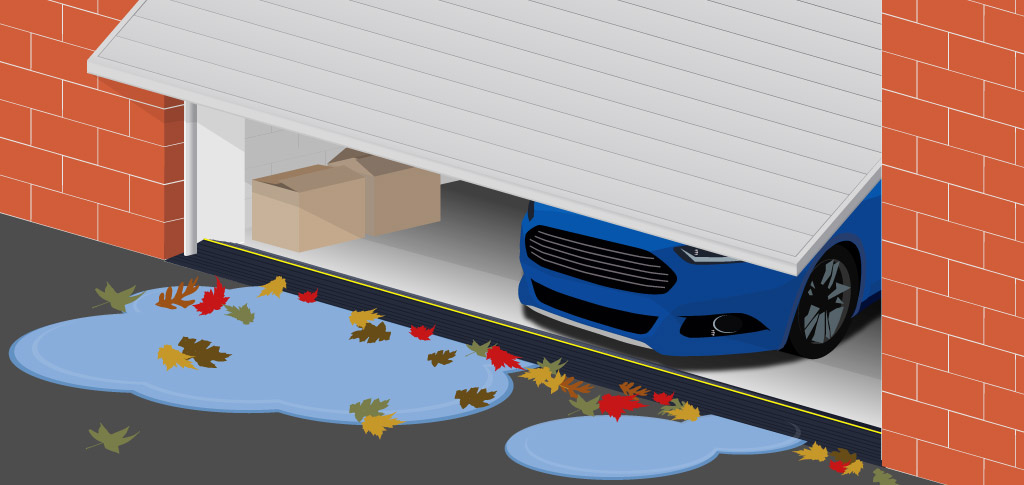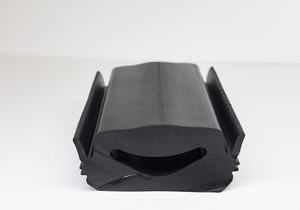
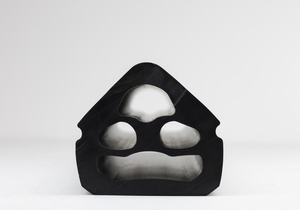
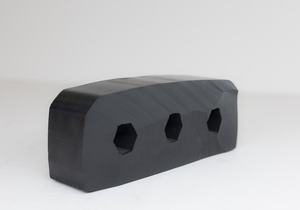
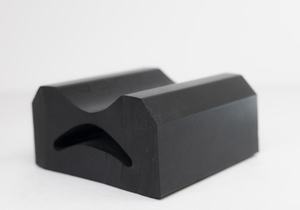
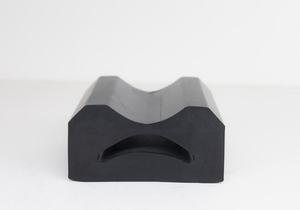
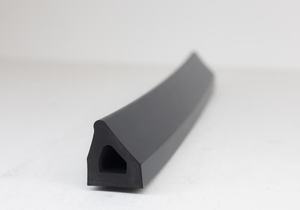
Marine and hatch cover seals are critical components used in maritime and shipbuilding industries to ensure the watertight integrity of vessel compartments, hatches, doors, and openings. These seals play a vital role in preventing water ingress, protecting cargo, machinery, and personnel from water damage, and maintaining the stability and safety of ships and marine structures. Marine and hatch cover seals come in various forms and materials to suit different applications, vessel types, and environmental conditions, providing durable and effective sealing solutions for marine operations. Here’s an extensive description of marine and hatch cover seals:
- Purpose and Functionality:
- Marine and hatch cover seals are designed to create a watertight barrier between structural components, compartments, or openings on ships, vessels, and marine structures.
- They prevent the ingress of water, seawater, and other fluids into cargo holds, engine rooms, pump rooms, ballast tanks, and other critical areas, protecting equipment, cargo, and personnel from water damage and flooding.
- Marine seals also provide insulation against noise, vibration, temperature extremes, and environmental factors, enhancing comfort, safety, and operational efficiency onboard vessels.
- Types of Marine and Hatch Cover Seals:
- Rubber Seals: Made from elastomeric materials such as EPDM, neoprene, or silicone, rubber seals provide flexibility, resilience, and durability to accommodate movement, vibration, and thermal expansion in marine applications.
- Compression Seals: Utilize compression mechanisms to create a tight seal between mating surfaces, ensuring watertightness and stability in hatch covers, doors, and bulkhead joints.
- Bulb Seals: Feature a bulbous profile that compresses against a mating surface to form a watertight seal, commonly used in hatch covers, door frames, and window assemblies.
- Gasket Seals: Flat or profiled seals made from rubber, silicone, or synthetic materials, used to seal flange connections, access panels, inspection hatches, and other openings in marine structures.
- Inflatable Seals: Incorporate inflatable chambers that expand when pressurized to create a tight seal, providing flexibility, adaptability, and uniform pressure distribution in irregular or uneven surfaces.
- Welded Seals: Welded or vulcanized seals made from rubber or thermoplastic materials, providing permanent and robust sealing solutions for marine applications subjected to high pressures, temperatures, and harsh environments.
- Material Composition:
- Marine and hatch cover seals are constructed from materials chosen for their resilience, durability, chemical resistance, and compatibility with marine environments.
- Common materials include EPDM (Ethylene Propylene Diene Monomer), neoprene, silicone, nitrile rubber, fluorosilicone, PVC (Polyvinyl Chloride), thermoplastic elastomers (TPE), and thermoplastic polyurethane (TPU).
- Seals may incorporate reinforcing elements such as fabric, metal inserts, or embedded wires to enhance strength, stability, and performance under dynamic loading and environmental conditions.
- Design and Construction:
- Marine and hatch cover seals are available in various designs, profiles, and configurations to suit different sealing requirements, vessel types, and hatch geometries.
- They may feature hollow or solid profiles, extruded or molded construction, and custom shapes to fit specific applications, dimensions, and tolerances.
- Seals may include features such as channels, flanges, or mounting hardware to facilitate installation, attachment, and alignment with mating surfaces.
- Installation Process:
- The installation of marine and hatch cover seals requires careful preparation, surface cleaning, and adherence to manufacturer’s instructions.
- Seals are typically cut to size and fitted into the sealing groove or track on the mating surfaces, ensuring proper alignment, compression, and contact pressure.
- Fasteners, adhesives, or mechanical clamps may be used to secure the seals in place and maintain their position during operation and vessel movements.
- Functionality and Performance:
- Marine and hatch cover seals are designed to provide reliable sealing performance over the service life of the vessel or marine structure, withstanding exposure to seawater, UV radiation, temperature extremes, and mechanical stresses.
- They maintain watertight integrity under static and dynamic loading conditions, including wave action, ship motion, vibration, and impact forces.
- Marine seals undergo rigorous testing and certification to meet industry standards and regulatory requirements for safety, durability, and environmental performance, ensuring compliance with international maritime regulations.
- Applications:
- Marine and hatch cover seals are used in a wide range of marine applications, including:
- Cargo ships: Hatch covers, door seals, bulkhead joints, cargo hold openings.
- Passenger vessels: Cabin doors, watertight compartments, portholes, windows.
- Offshore platforms: Deck hatches, access doors, accommodation modules, riser connections.
- Naval vessels: Hatch seals, watertight doors, submarine hatches, weapon system enclosures.
- Fishing vessels: Fish hold covers, access hatches, wheelhouse doors, processing equipment.
- Pleasure boats: Deck hatches, cockpit seals, companionway doors, portlights.
- Marine and hatch cover seals are used in a wide range of marine applications, including:
- Maintenance and Inspection:
- Marine and hatch cover seals require periodic inspection, maintenance, and replacement to ensure continued sealing effectiveness and performance.
- Routine inspections may include visual assessments, leak checks, seal compression tests, and cleaning to remove debris, corrosion, or marine fouling.
- Seal replacement may be necessary if signs of wear, deterioration, or damage are detected during inspections, ensuring optimal watertightness and safety onboard vessels.
In summary, marine and hatch cover gaskets are essential components in maritime and shipbuilding industries, providing watertight sealing solutions that protect vessels, cargo, and personnel from water ingress, environmental exposure, and operational hazards. With their diverse types, materials, designs, and applications, marine seals contribute to the safety, reliability, and efficiency of marine operations, ensuring compliance with regulatory requirements and industry best practices.

